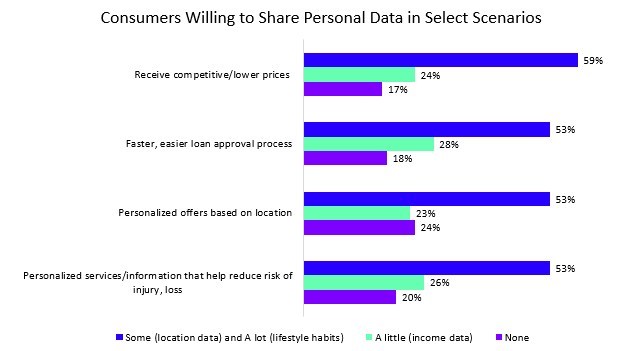Nick Brown at Reuters: “The U.S. Census Bureau has asked tech giants Google, Facebook and Twitter to help it fend off “fake news” campaigns it fears could disrupt the upcoming 2020 count, according to Census officials and multiple sources briefed on the matter.
The push, the details of which have not been previously reported, follows warnings from data and cybersecurity experts dating back to 2016 that right-wing groups and foreign actors may borrow the “fake news” playbook from the last presidential election to dissuade immigrants from participating in the decennial count, the officials and sources told Reuters.
The sources, who asked not to be named, said evidence included increasing chatter on platforms like “4chan” by domestic and foreign networks keen to undermine the survey. The census, they said, is a powerful target because it shapes U.S. election districts and the allocation of more than $800 billion a year in federal spending.
Ron Jarmin, the Deputy Director of the Census Bureau, confirmed the bureau was anticipating disinformation
“We expect that (the census) will be a target for those sorts of efforts in 2020,” he said.
Census Bureau officials have held multiple meetings with tech companies since 2017 to discuss ways they could help, including as recently as last week, Jarmin said.
So far, the bureau has gotten initial commitments from Alphabet Inc’s Google, Twitter Inc and Facebook Inc to help quash disinformation campaigns online, according to documents summarizing some of those meetings reviewed by Reuters.
But neither Census nor the companies have said how advanced any of the efforts are


